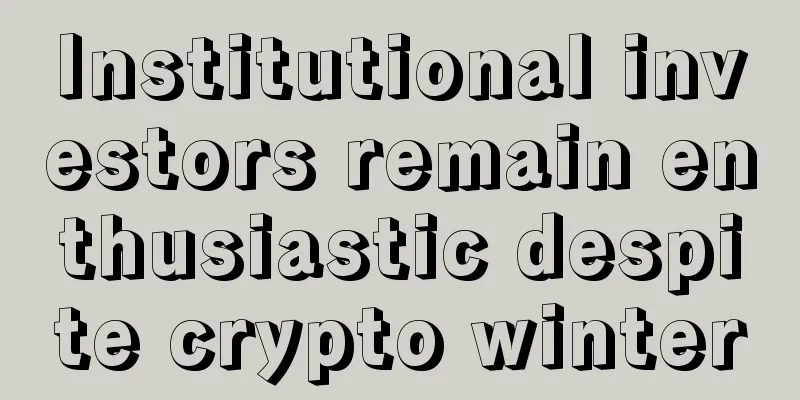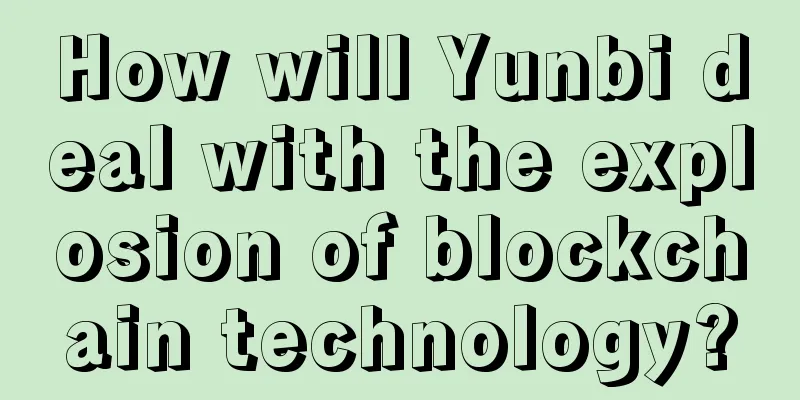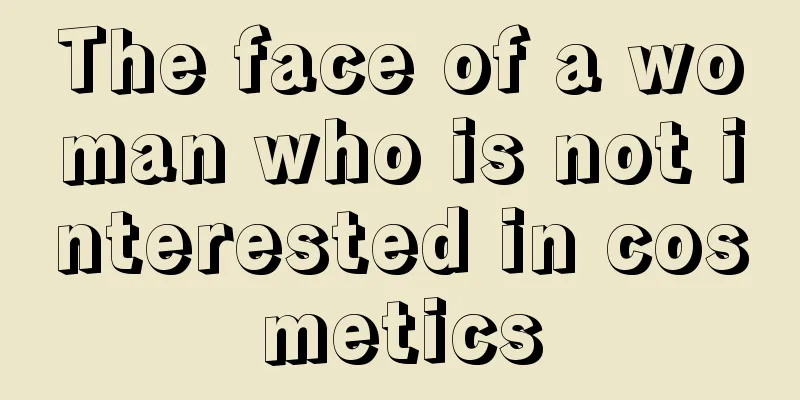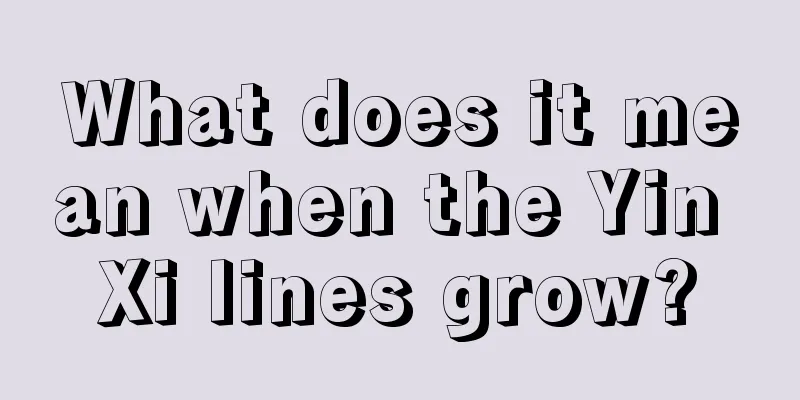Blockchain technology can enable the next generation of peer-to-peer energy microgrids
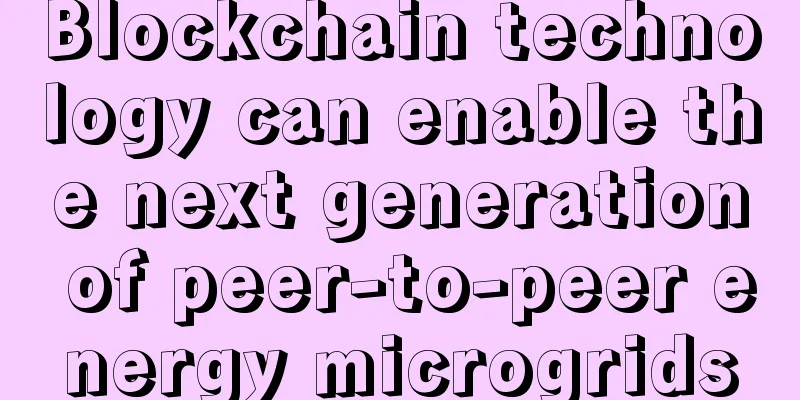
Translation: Nicole According to Fast Coexist, an experimental energy microgrid in Brooklyn, New York, shows how such energy-generating home units can become part of a peer-to-peer power system. The project is part of the Brooklyn Microgrid - a distributed energy development team in the Park Slope and Gowanus communities of Brooklyn that has created a connected network for local energy - and shows how distributed ledger technology can make the nascent "energy grid" possible. This is a small project though:
The project, called TransActive Grid, is a joint venture between Brooklyn microgrid developer LO3 Energy and blockchain technology developer ConsenSys, with a primary focus on Ethereum applications, and a partnership with Microsoft on cloud blockchain applications that has been fully covered by Bitcoin Magazine. Lawrence Orsini Lawrence Orsini, founder of LO3, said:
Transactive Grid is a pilot project that, if successful, could be expanded to the entire Brooklyn microgrid. Orsini said 130 households are currently interested in the project. Orsini's point is that local smart energy grid transactions are more efficient than traditional top-down energy distribution systems - saving overall costs, bringing benefits to society and demonstrating the power of distributed ledgers. TransActive Grid includes a smart meter hardware layer and a software layer that uses blockchain smart contracts - contracts that execute automatically on the Ethereum blockchain, which provides an auditable, tamper-proof, encrypted history of automated transactions. Participating households have smart meters connected to the blockchain, which track the amount of electricity used by the household and manage electricity transactions between neighbors. John Lilic John Lilic, ConsenSys expert on blockchain energy markets, found:
Lilic explained that the energy smart meter data of participants in the microgrid can be used to create tokens for the Consensys token issuance and management system, representing the surplus power of prosumer solar panels. These tokens represent a certain amount of energy produced by renewable energy and can be traded through blockchain smart meter wallets. "Prosumers" - both producers and consumers - is a buzzword in the emerging shareholding economy. In the TransActive Grid concept, prosumers control their own energy: consumers can choose to buy from neighbors or other renewable energy sources. Home energy producers can sell excess electricity to neighbors, and communities can conserve local energy resources, reduce energy waste, and improve the utilization of micro- and macro-power. It is clear that the focus of application development in the blockchain world has shifted from payment methods and financial applications to smart contracts for the management of physical resources in the Internet of Things, with smart meters being an example. Blockchain technology is decentralized, secure and self-executing, and can efficiently process complex network data and automatically manage community energy networks. Fact Coexist concluded:
|
<<: Investors' Angel and European Blockchain Angels offer lifeline to startups
>>: Can digital currency reduce the abuse of charitable donations?
Recommend
A brief history of Bitcoin mining pools: More than 17 mining pools have ceased operations
Today, an announcement from the veteran Bitcoin m...
Where a woman has a mole, her fate is like a treasure pot
Having a life like a cornucopia is something to b...
What does a protruding chin indicate?
In fact, many girls may not be too willing to hav...
Men with moles have outstanding looks and talents.
People are divided into good and bad, and of cour...
EU Payment Committee votes: Blockchain will bring huge changes to the payment industry
Rage Comment : A recent vote by the European Paym...
Decentralized Capital issues fiat-backed digital assets on the Ethereum blockchain
Rage Review : Decentralized Capital is a new serv...
Will Ethereum L2's gas fee really drop by more than 10 times after the Cancun upgrade?
There is a consensus in the market today: after t...
What numerological information does the 12 zodiac signs contain?
The zodiac was originally an astronomical term us...
Is it good for a woman to have a Sichuan character on her forehead?
The forehead refers to the area below the hair an...
What are the facial features of a man who is greedy and lustful?
When it comes to men, everyone thinks that most m...
What is the fate of people with black forehead?
In physiognomy, the forehead is a place where ess...
What kind of people love gambling? How to solve it?
In order to live a better life, most people will ...
Palmistry: The fate of a woman with phoenix eye pattern on her thumb
There are dense lines on the human palm. Among th...
Face analysis: Noble ears in face reading
Face analysis: Noble ears in face reading From th...
Is the nearly 16% reduction in Bitcoin mining difficulty a blessing or a curse for miners?
The price of Bitcoin has experienced great fluctu...
